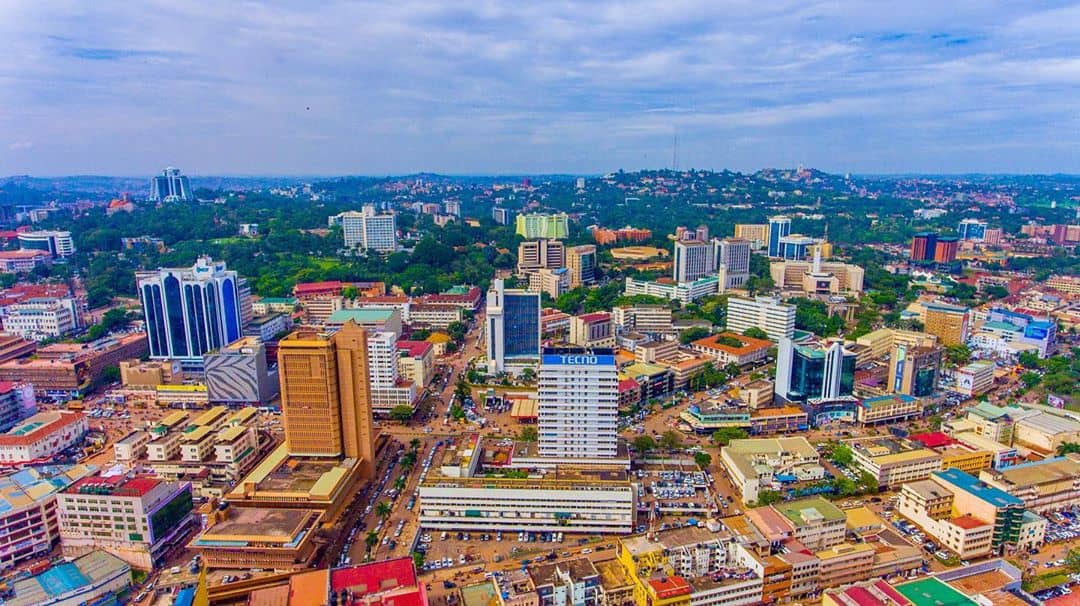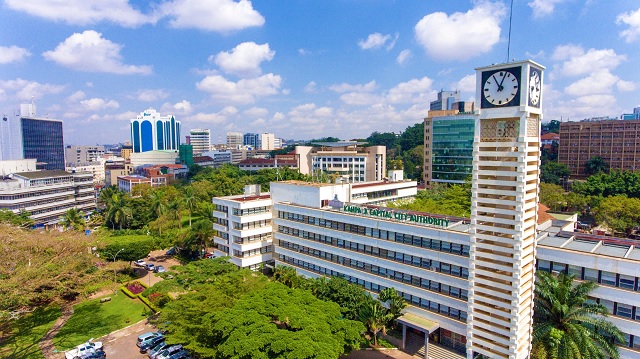
BY IRENE ABALO OTTO
African minority rights activists have called on governments to check the roles they play in inclusion of minority groups in the development agenda at national levels. The activists believe early warning systems and monitoring of instabilities can help the marginalised communities co-exist with others peacefully.
This discussion emerged during a two day annual international conference on Ethnic Conflict Prevention using Early Warning Mechanism in Sub-Saharan Africa attended both virtually by those in Kenya, Cameroon and London and those physically present in Kampala.
Minority Rights International Group, Uganda hosted the event on Thursday and Friday last week. This brought together the various civil society organisations that agreed that for Minority ethnic and other groups to gain significant representation and have their needs tabled before decision makers, there is need to understand the underlying issues on the ground in such communities before the government makes interventions.

“Government needs to protect the land rights of indigenous and minority groups by providing tenure security in the form of land titles or certificate of ownership. Governments should also empower the minority groups economically to grow and transform their livelihoods into profitable business ventures,” says Richard Businge, an advisor to the Kingdom of Bunyoro and an independent consultant on African culture.
The teams of 35 representatives in Uganda agreed that governments in Africa should have coordinated voices on concerns of the ethnic minority.
According to Agnes Kabajuni of Minority Rights International in Kampala, governments need to understand the background and current situation of minority communities to have tailored programmes that can benefit, rather than disorganise their original means of livelihoods. Minority Rights Group International (MRG) is an international human rights organisation founded with the objective of working to secure rights for ethnic, national, religious and linguistic minorities and indigenous peoples around the world.
Ms Kabajuni says each minority group in the region have unique identities and need the understanding of government institutions before they take any development projects to their area.
“If they are cattle keepers like in the Karimojong region, what can be done to help them have a better life while having their cattle as a treasure and something of value to them? The question is how can we help them see the cattle that they have as a resource for educating their girl child instead of only paying dowry? But it required an understanding of these communities and their way of life” says Ms Kabajuni.
She adds that knowledge management and the aspect of joint advocacy using a network of people who value citizen driven approach can help change perceptions and understanding of minority groups in Africa.
“I think the thematic areas should be driven by research. There are lots of conflicts related to the livelihoods of the minority groups,” says Businge.
He adds;
“Another thing I have seen in some communities like I have seen among Basongora is that there is a need to understand these people. Building the indigenous groups that are few in number to keep their land as a main resource for their livelihoods.” The other minority ethnic groups in Uganda include the Ik in northeastern Uganda.
The CSOs in Kenya and Uganda believe that networking can be a solution to the challenges facing the minority groups

“We need to have a uniform ideology in our networks and solve the question of knowledge that can be solved by research,” Businge stresses.
Ms Catherine Anena, a lecturer at Makerere University School of Gender, says that away from conflicts, and as a lesson from the lockdown, people need to serve all classes of people in the region.
“Lockdown measures and school closures affect girls and women differently and may have long-term negative consequences, ” Anena says. “All of these impacts are further amplified in contexts of fragility, conflict, and emergencies where social cohesion is already undermined and institutional capacity and services are limited,” she adds.
https://womenstudies.mak.ac.ug/projects
Across the continent, neglect and hostility disproportionately targets minorities. The most marginalised people are often indigenous groups such as the Berber of North Africa and the Batwa of Central Africa among others. The Batwa (known, pejoratively as “pygmies” in Western Uganda) are one of the oldest surviving tribes in Africa, but their culture, identity and language are under increasing threat.
The traditional hunting ground of this nomadic community comprises forested areas in what is now Uganda, Rwanda, Burundi and the Democratic Republic of Congo.
The minority rights approach, however, aims to overcome this marginalization through its stress on equality, participation, and empowerment of non-dominant groups.

